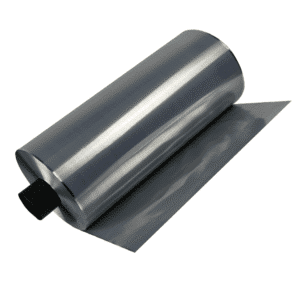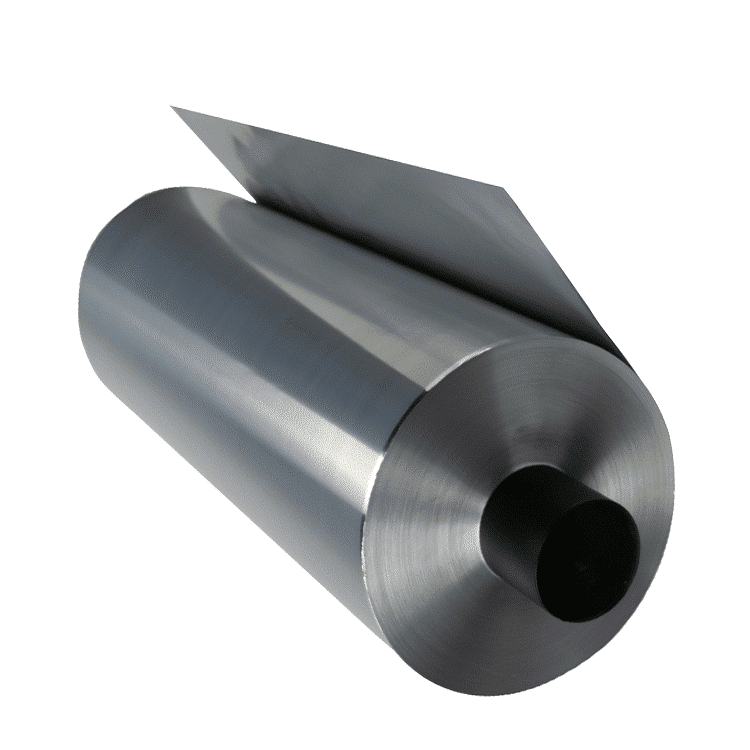Introduction:
Graphene oxide (GO) has recently gained significant attention as a potential material to increase battery performance. With unique properties including high surface area, excellent electrical conductivity and chemical stability, GO holds promise as an additive component in battery technology; however, as with any new technology it must first overcome certain challenges and limitations before being widely adopted.
One of the major obstacles associated with producing graphene oxide (GO) lies in its production process. Traditional methods involving harsh chemicals and energy consumption make its creation both expensive and environmentally unfriendly, leading to unnecessary expenses and pollution impacts. Therefore, alternative production techniques have been devised in order to minimize both these factors: electrochemical exfoliation, laser reduction, chemical vapor deposition, microwave-assisted reduction techniques all prove promising results when applied commercially – though further optimization may still be needed in order to reach large-scale commercial production scale.
Another downside of GO is its tendency to stack during production or incorporation into electrodes, leading to reduced surface area and porosity – both essential elements for efficient ion transport within battery electrodes. To combat this challenge, different strategies have been devised, such as using binder materials or hierarchical structures with interconnected pores that prevent restacking while maintaining good electrical conductivity.
One of the major drawbacks associated with using graphene oxide in battery technology is its lower specific capacity compared to other carbon-based materials used for lithium-ion batteries. While graphene has many positive attributes for use in lithium-ion batteries, graphene oxide has many drawbacks which must be taken into consideration before considering it for battery production.
Future Impact and Advancements to Battery Performance from Utilization of Graphene Oxide
Graphene oxide-coated current collector materials are an emerging innovation in battery technology that have shown immense promise to improve battery performance. This approach involves coating current collectors with a thin layer of graphene oxide – a two-dimensional material renowned for its exceptional conductivity and strength – for enhanced current collection performance. In this section we’ll examine any implications or advances related to using graphene oxide-coated current collector materials in battery performance enhancement.
Increased Energy Storage Capacity
One of the main advantages of using graphene oxide-coated current collectors in batteries is their increased energy storage capacity. Their highly conductive nature allows electrons to move more freely within, leading to improved storage capacities compared to traditional batteries. As a result, batteries equipped with such coated current collectors can store more energy and deliver longer-lasting power than their counterparts.
Research has also demonstrated that by adding graphene oxide to lithium-ion batteries, their capacity can increase up to 50% – this could have serious repercussions for various industries such as electric vehicles, portable electronics and renewable energy storage systems.
Faster Charging Time
One key advantage of using graphene oxide-coated current collectors in batteries is faster charging time. Traditional lithium-ion batteries take hours to fully charge, which can be inconvenient for those on-the-go. Studies have demonstrated that adding graphene oxide coating can significantly shorten charging time due to its high surface area and fast electron transport properties that accelerate charge transfer within batteries and enable quicker diffusion and diffusion transfer within them.
Rice University researchers recently conducted a study that revealed graphene oxide-coated lithium-ion batteries could recharge up to 10 times faster compared to traditional batteries, providing significant advantages in industries like transportation and consumer electronics where fast recharging times are essential.
Improve Safety and Durability
Graphene oxide can also help enhance battery safety and durability, with its strong mechanical properties making it an ideal coating for current collectors, providing better protection from physical damage or thermal stress, helping prevent short circuits or other safety hazards associated with traditional batteries.
Graphene oxide-coated current collectors may help to prevent dendrite growth and thus protect batteries against degradation and failure, prolonging lifespan while improving overall performance.
Potential Advances in Battery Technology
As graphene oxide’s use in battery technology remains at an early stage, but has already shown great promise, new designs that incorporate this material will likely emerge over time. As more research into graphene oxide takes place we may soon witness new battery designs that incorporate graphene oxide in novel ways.
Researchers are exploring the use of graphene oxide as a separator material in batteries to enhance overall efficiency and safety by preventing short circuits and improving ion transport. Furthermore, solid state batteries using graphene oxide may offer safer yet more energy-dense alternatives to lithium-ion batteries.
Conclusion
Graphene oxide-coated current collector materials have already shown significant promise in improving battery performance, with graphene oxide-coated current collector materials already showing positive signs in improving energy storage capacity, charging time, safety and durability of batteries. With further research and development we could witness even further advances in energy storage capacity, charging time safety and durability; which would have an immense effect on various industries as well as create more sustainable future powered by efficient yet high performing batteries.






